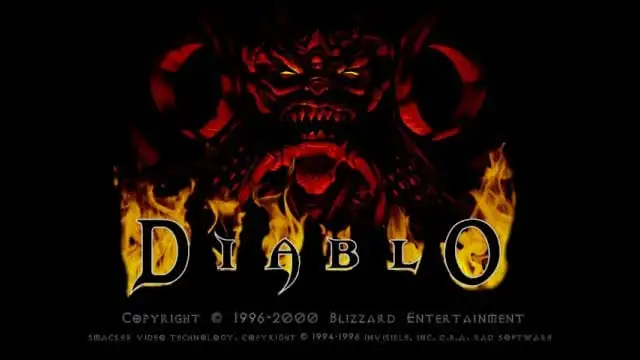David Brevik hosted a session at GDC today for a postmortem on the original Diablo which is the classic ARPG that started it all. His talk highlighted some great facts about how the game was developed.
There has been a lot written about the history of Blizzard and Blizzard North over the years but Brevik was keen to share some more insight into how the ARPG was created. Interesting facts include what inspired the look of the game which was the original turn-based strategy X-Com.
“We were very excited, so we signed a contract to do Diablo,” remembers Brevik. The studio then had to figure out what, exactly, this turn-based isometric game it had been thinking about for so long would actually look like — and how it would be angled and rendered on-screen
“This was not easy back then…I kind of took a screengrab of X-Com, and we just took that, and put it right into Diablo. So the actual tile-square basis — the same shape and size — is exactly the same in X-Com and Diablo.”
The game’s UI was also inspired by the automap from Dark Forces and even Doom played a part in how the game’s menus were designed.
“One of the things we didn’t like about RPGs at the time is they all had like 25 minutes of character creation before you could get into the game. And Blizzard North had a lot of love for the menus in Doom, so they designed Diablo’s UI with a lot of thematic inspiration from id’s work, to meet the “mom test” — “could my mom play this?”.
Another interesting fact was that Battle.Net originally ran on one single PC and they had no idea how much players would end up cheating once the game launched.
“We knew people were going to be able to hack, or cheat. Then the game came out, and instantly we were like ‘oh my god…they can just upload the cheats and EVERYBODY can cheat! I didn’t even think about that!”. Brevik said this was one of their “egg on our face” moments.
Also, did you know that Hotmail could have earned Brevik $40 million if he had given founder Sabeer Bhatia a room in their office? Brevik must be kicking himself.
A further break-down of the full talk can be read over on Gamasutra and it’s worth a read.







Published: Mar 19, 2016 02:02 am